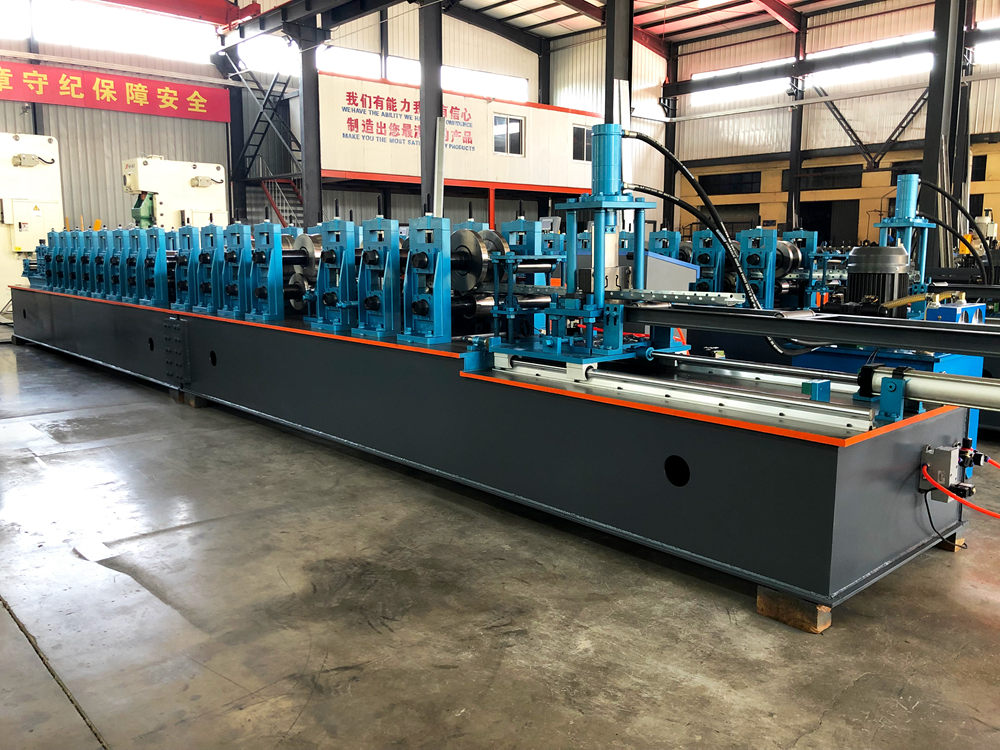
The Importance of Downpipe Roll Forming Machines in Modern Manufacturing
In today’s fast-paced construction and manufacturing industries, efficiency and precision are paramount. One of the vital tools that have emerged to enhance the production capabilities of metal components is the downpipe roll forming machine. These specialized machines are designed to create downpipes—critical elements in drainage and gutter systems that direct rainwater away from roofs and structures.
A downpipe roll forming machine works by feeding a flat strip of metal, often galvanized steel or aluminum, through a series of rollers
. Each roller gradually shapes the metal into the desired profile, resulting in a continuous length of downpipe that can be cut to the required specifications. This process not only streamlines production but also ensures high accuracy, allowing manufacturers to meet strict architectural and engineering standards.One of the key advantages of using roll forming technology is its efficiency. Traditional methods of downpipe manufacturing often involve significant labor and time, leading to higher costs. In contrast, downpipe roll forming machines can produce large quantities of product quickly and with minimal waste. The ability to operate continuously means that companies can keep up with high demand without compromising on quality.

Additionally, roll forming machines offer versatility. They can be configured to produce a variety of downpipe shapes and sizes, allowing manufacturers to cater to different market needs. Whether it’s a standard round pipe or a custom design, these machines can be adapted to meet specifications with ease. This flexibility not only opens up new business opportunities but also enables manufacturers to respond swiftly to changing customer demands.
Another significant benefit is the improved material efficiency associated with roll forming. The process retains more material compared to other methods such as stamping or cutting, which often generate a considerable amount of scrap. The reduced waste aligns with the growing emphasis on sustainability in manufacturing, making roll forming an environmentally friendly option.
Moreover, advancements in technology have led to the development of automated downpipe roll forming machines equipped with smart controls. These innovations enhance production accuracy and reduce human error, further improving the quality and reliability of the final product. Operators can easily monitor and adjust settings in real-time, leading to optimized performance and reduced downtime.
In conclusion, downpipe roll forming machines represent a significant advancement in the manufacturing of essential drainage components. Their combination of efficiency, flexibility, and sustainability makes them a valuable asset in the modern manufacturing landscape. As the construction industry continues to evolve, adopting such innovative technologies will be crucial for companies striving to stay competitive and meet the ever-increasing demands of their clients.